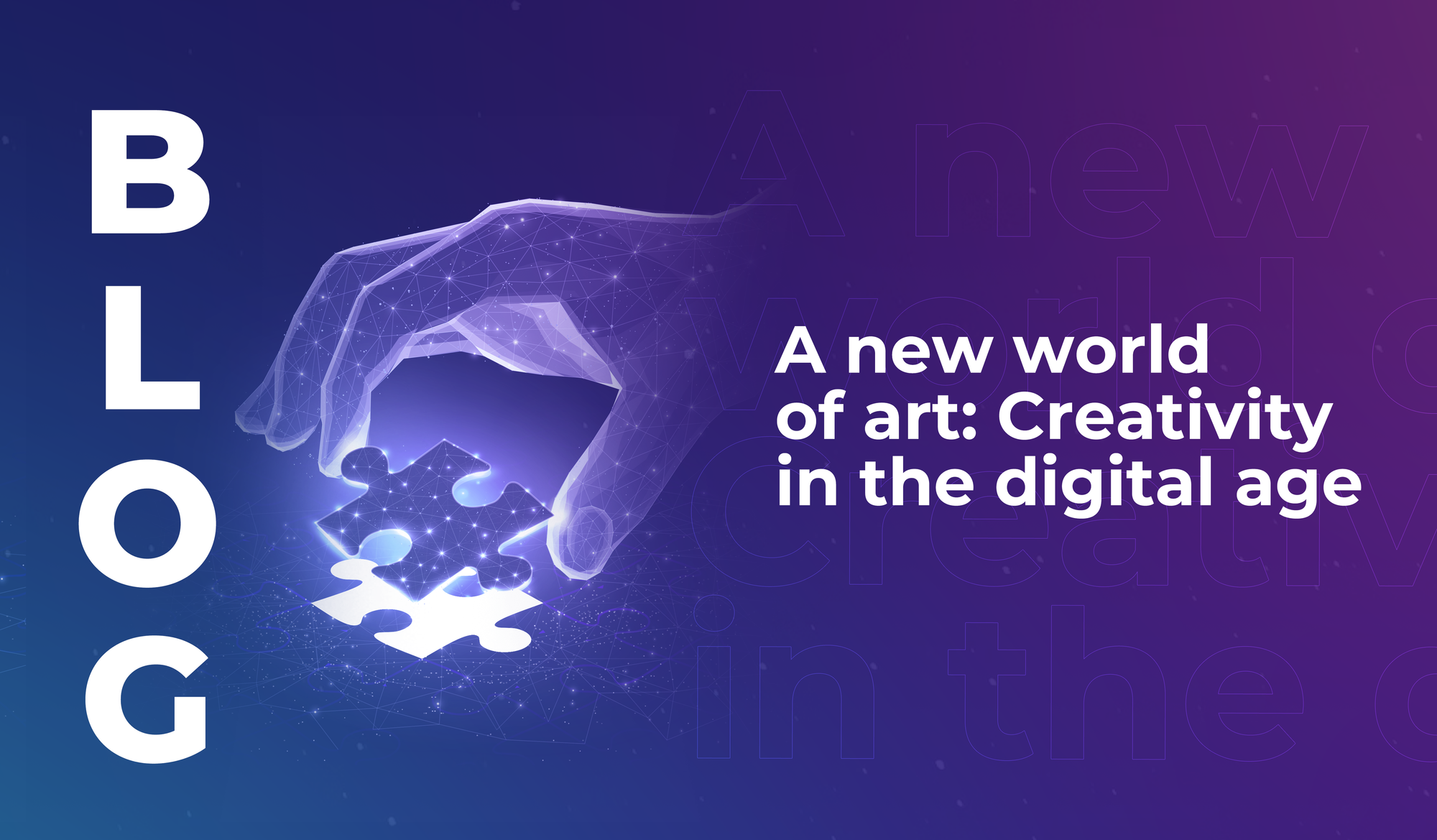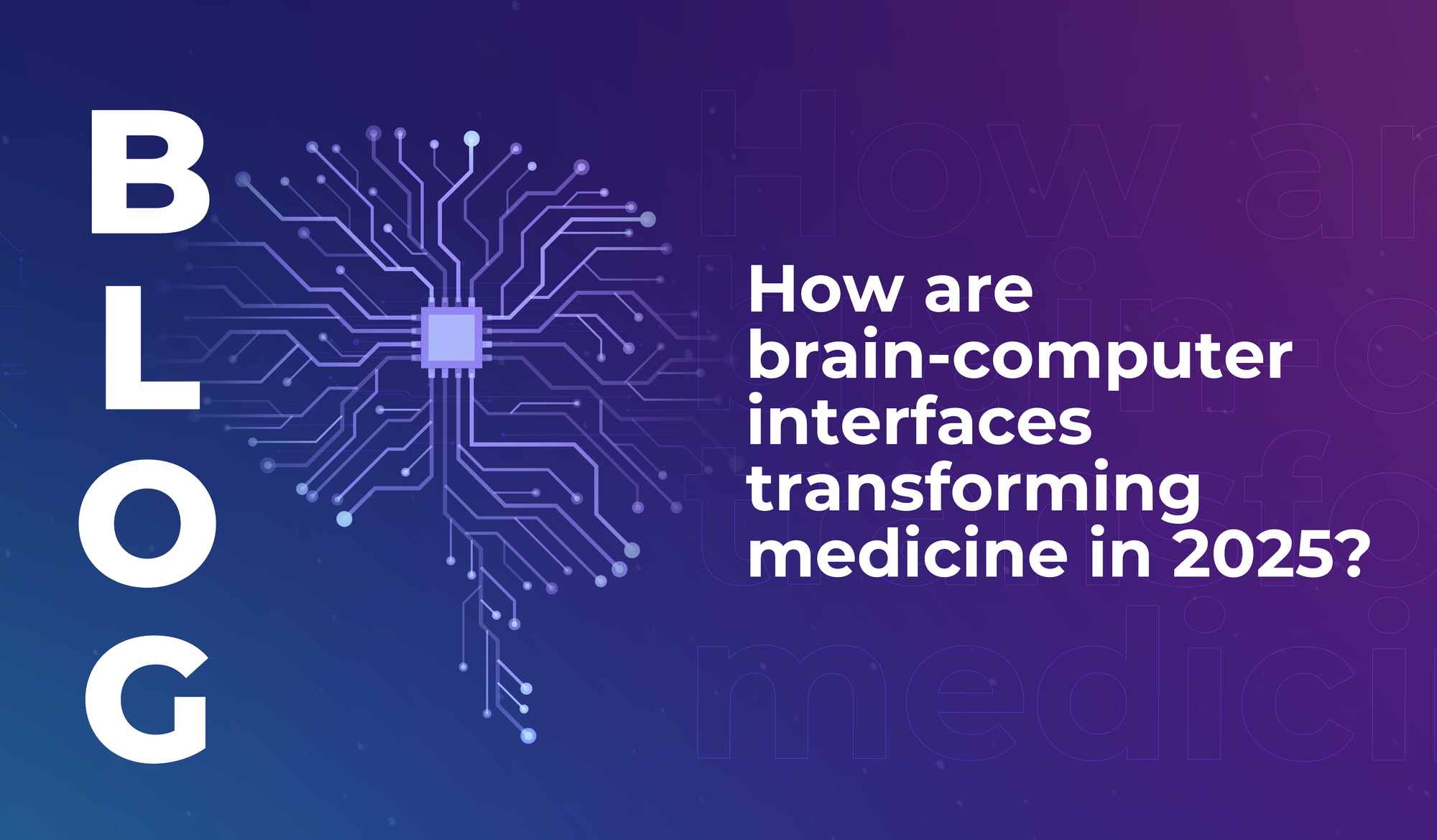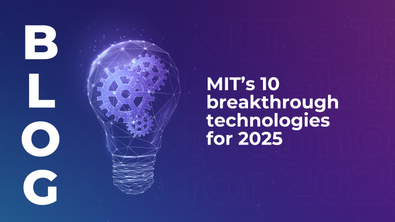
A new world of art: Creativity in the digital age
Two leaders at the intersection of art and technology share their perspective on the value of tech to enhance the emotional and sensory power of art.


Just a century ago, the idea of connecting the human brain to a computer was the stuff of science fiction. But today, brain-computer interfaces (BCIs) are on the verge of changing the way healthcare works – making it more efficient, more personalised, and ultimately driving better health outcomes. From restoring mobility to enabling seamless communication for individuals with disabilities, BCIs hold the promise that dreams really can come true.
The origins of BCI technology trace back to the 1920s, when German scientist Hans Berger discovered that the brain produces electrical currents. His pioneering work with electroencephalography (EEG) laid the foundation for modern neurotechnology. Over the decades since, researchers have refined the ability to capture and interpret brain signals – leading to the development of BCIs capable of enabling communication and movement.
LEAP speaker Dr. Ramses Alcaide (President and CEO of Neurable) described the promise of BCIs like this:
“Non-invasive BCIs open up new possibilities for human-computer interaction by tapping into the incredible capabilities of the brain. They have the potential to enhance accessibility, improve quality of life for individuals with disabilities, and offer novel ways to interact with technology in both active and passive capacities.”
BCIs can be classified into two major categories: active and passive.
Active BCIs require intentional user input. For example, they might allow patients with paralysis to move a robotic arm, type on a screen, or control a wheelchair using only their thoughts. Applications like this offer independence and opportunities that can significantly enhance quality of life.
Passive BCIs, on the other hand, operate without requiring the user’s conscious effort. These systems monitor brain activity to assess cognitive states – such as stress, fatigue, or focus. Dr. Alcaide highlights the importance of passive BCIs, because they “involve monitoring brain activity without necessarily requiring the user to perform specific actions. This can be applied in various contexts such as mental state monitoring or cognitive assessment.”
In healthcare, passive BCIs could be used to significantly improve patient monitoring, mental health assessments, early disease detection, and more.
The applications of BCIs in medicine are vast. Implications for patient care include (but aren’t limited to):
When we interviewed Professor Thomas Oxley (CEO of Synchron), he said he believes BCIs will deepen our understanding of the human brain. “Ultimately, the more we learn about how the brain works, the better we’ll understand both others and ourselves. We’re lucky to be living in a time where interventional neurology and tech are rapidly outpacing other advancements in medicine, leading to very powerful advancements in our understanding of and access to the brain.”
They’ve got immense potential, but BCIs still face significant challenges before widespread adoption becomes a reality. These include ensuring accurate signal processing, overcoming ethical concerns related to privacy and security, and achieving affordability for mass deployment. But advancements in artificial intelligence and machine learning are accelerating progress, and could rapidly make BCIs more reliable and accessible.
Dr. Alcaide is optimistic about the future: “The impact will be transformative, reshaping the way we interact with technology and each other. BCIs hold the potential to enhance accessibility, allowing individuals with disabilities to seamlessly control devices with their thoughts.”
As research continues and new breakthroughs emerge, BCIs are set to become an integral part of the medical landscape. They’re no longer science fiction, but a reality with a growing body of use cases; and they offer hope and new opportunities for millions of people worldwide. The future of healthcare is not just in our hands – it’s very much in our minds.

Two leaders at the intersection of art and technology share their perspective on the value of tech to enhance the emotional and sensory power of art.

Following the reveal of Microsoft’s new quantum chip, we explore how quantum computing could transform industries.

Discover the ten technologies that MIT researchers predict will have a major impact on our world for decades to come.

Two leaders at the intersection of art and technology share their perspective on the value of tech to enhance the emotional and sensory power of art.

Following the reveal of Microsoft’s new quantum chip, we explore how quantum computing could transform industries.

Discover the ten technologies that MIT researchers predict will have a major impact on our world for decades to come.